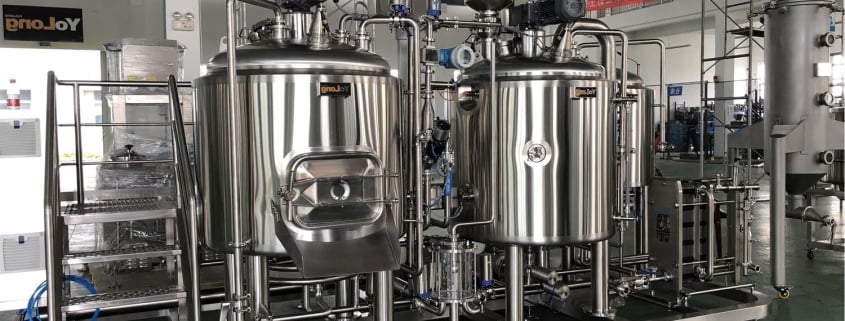Craft Brewery Equipment: Types, Costs, and How to Choose
Brewing beer isn’t just about mixing ingredients. It’s about crafting an experience, capturing flavors, and using the right tools to get there. Whether you’re a homebrewer dreaming big or an entrepreneur ready to open your taproom, understanding craft brewery equipment is your first essential step.
What is Craft Brewery Equipment?
When you hear “craft brewery equipment,” think of all the specialized machines and vessels that transform humble grains into delicious beer. This equipment isn’t just oversized pots and pans; it’s a carefully engineered system designed to control temperature, pressure, and timing to produce consistently high-quality brews. Craft brewery equipment ranges from small 1-barrel systems perfect for local microbreweries to large 30-barrel setups suitable for regional production.
In simpler terms? It’s the heartbeat of your brewery. It’s like the kitchen in a gourmet restaurant—without it, nothing gets cooked, and without brewery equipment, no beer gets brewed. Each component plays a vital role, ensuring that each pint poured tastes just right.

Types of Craft Brewery Equipment
When it comes to craft brewery equipment, each piece has a job. Understanding what each does can help you build the right setup for your brewing goals.
Mash Tun
The mash tun is where the magic begins. It’s where malted grains are mixed with hot water to extract sugars. Compared to other tanks, the mash tun is usually insulated and sometimes even heated to keep the temperature steady. If the temperature fluctuates, your sugars won’t extract properly, and that’s a one-way ticket to a bad brew.
Lauter Tun
After mashing, the mixture heads to the lauter tun. This vessel is specially designed to separate the liquid wort from the solid grain husks. Unlike the mash tun, which focuses on temperature control, the lauter tun’s key feature is its false bottom that allows clear wort to be collected while leaving the grain behind.
Brew Kettle
Next, the wort is boiled in the brew kettle. It’s here that hops are added, which is a bit like seasoning your soup. The brew kettle must handle high temperatures and allow precise timing to achieve the right bitterness and aroma.
Whirlpool Tank
This tank helps remove the solids left after boiling. By creating a spinning whirlpool effect, it separates unwanted proteins and hops, leaving a clean wort ready for fermentation.
Fermentation Tanks
Now we’re talking about where the beer is born. Fermentation tanks (or fermenters) are the homes where yeast converts sugars into alcohol. Stainless steel fermenters are popular because they’re easy to clean and control. Plastic fermenters exist, but they don’t offer the same durability or sanitary protection.
Bright Beer Tanks
Once fermentation is complete, beer moves to bright tanks to mature and clarify. Bright beer tanks are like the finishing school for your brew—they polish and carbonate it before it hits the tap.
Supporting Equipment
Don’t forget the unsung heroes: pumps, heat exchangers, hoses, valves, cleaning systems, and control panels. Without these, brewing would be a logistical nightmare. Think of them as the backstage crew making sure the brewing show goes off without a hitch.
How to Choose the Right Brewery Equipment
Picking brewery equipment isn’t like grabbing a coffee maker off the shelf. It requires careful planning, budget balancing, and a clear vision of your brewing future. So how do you choose?
First, consider your production scale. Are you brewing a few hundred liters a week or ramping up to thousands? Smaller systems like 3 to 7 barrels are great for microbreweries and pubs. Larger systems (15 barrels and up) suit regional distribution.
Second, evaluate your available space. Brewery equipment is bulky, and tight spaces can become operational headaches. Always measure twice and plan layouts carefully.
Third, think about automation. Manual systems cost less but demand more hands-on labor. Semi-automated and fully automated systems can boost efficiency but come at a higher price tag.
Lastly, look at your budget versus future growth. Cheaper equipment might seem attractive now, but will it keep up as your brewery expands? Investing wisely upfront can save big in the long run.
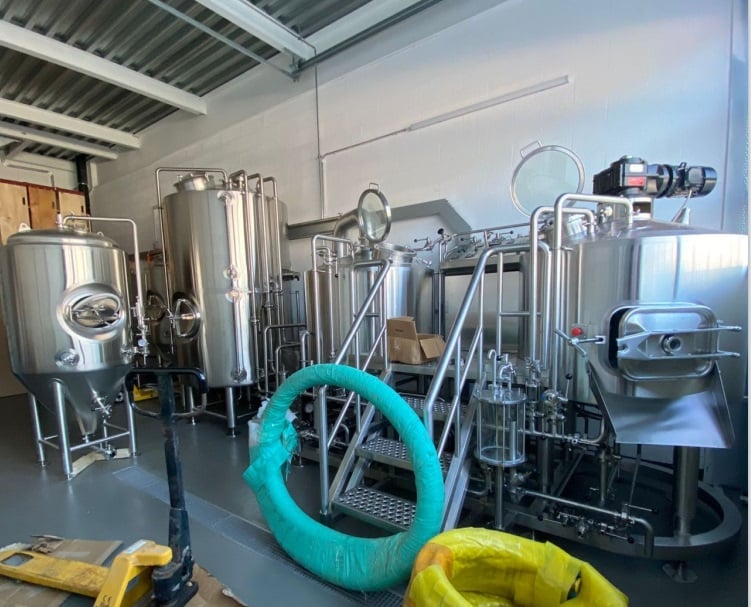
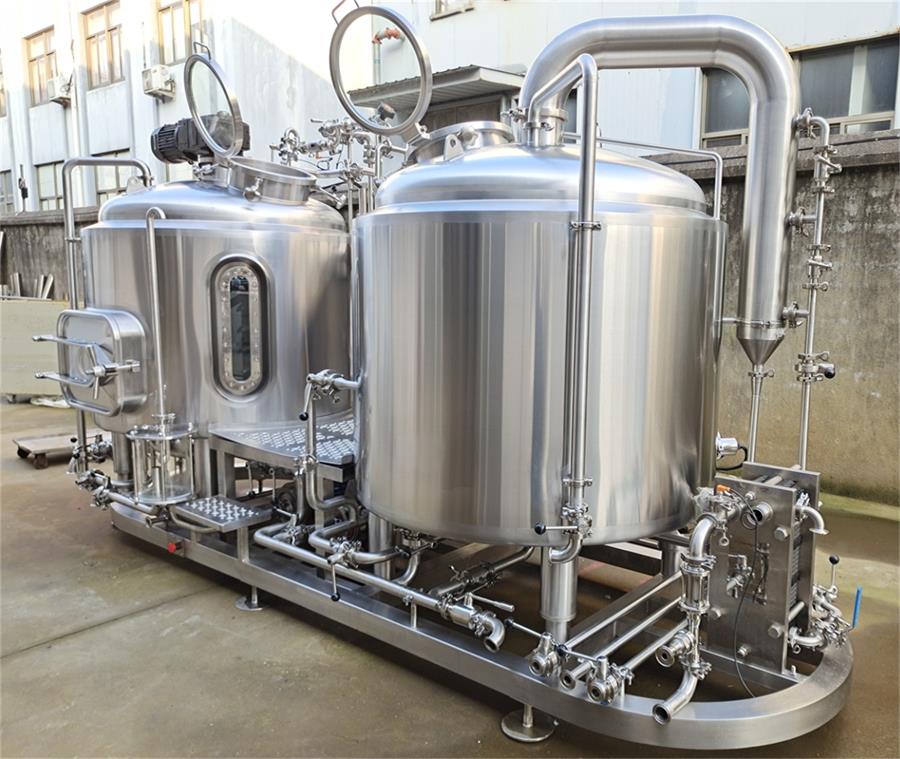

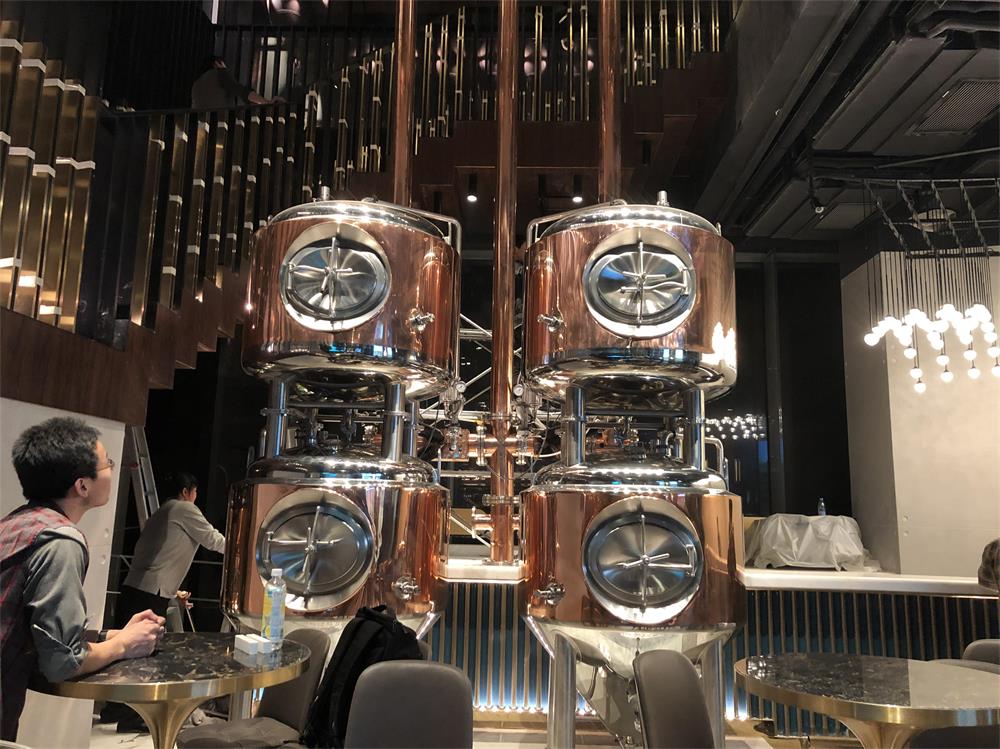

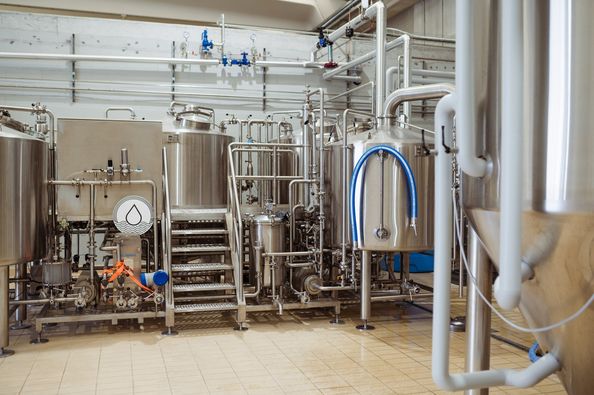
Cost of Craft Brewery Equipment
Let’s talk dollars and cents. Craft brewery equipment can range widely in cost, and understanding what you get at each price point is key.
| Brewery Size | Batch Capacity | Approximate Equipment Cost |
|---|---|---|
| Nano Brewery | 1-3 BBL | $50,000 – $100,000 |
| Microbrewery | 5-15 BBL | $100,000 – $250,000 |
| Regional Brewery | 15-30+ BBL | $250,000 – $1 million+ |
When you compare a nano brewery versus a regional brewery, the biggest differences aren’t just size but also complexity, automation, and scalability. Smaller breweries often purchase more manual, compact systems, while larger ones invest in multi-vessel, fully automated setups.
Don’t forget to budget for installation, licensing, raw materials, and facility upgrades. Equipment alone won’t get you brewing—it’s just the start.
Top Features to Look for in Brewing Equipment
So what separates “just okay” equipment from gear that truly elevates your brewing game?
Durability and Material Quality
Stainless steel is the gold standard. It resists corrosion, is easy to clean, and doesn’t interact with your beer. Plastic and cheaper alloys might save you cash but could cost you in flavor, sanitation, and lifespan.
Precision Controls
Look for systems with precise temperature and pressure controls. Brewing is a science, and even small variations can lead to inconsistent batches. Advanced digital control panels can make your life a whole lot easier.
Scalability
Consider whether your equipment can grow with you. Some systems allow for add-ons like additional fermenters or automated transfer lines. Being able to expand without a complete system overhaul is a big win.
Energy Efficiency
Equipment that uses energy efficiently saves you money and reduces your environmental footprint. Insulated tanks, heat recovery systems, and efficient burners make a real difference over time.
Ease of Cleaning
A dirty brewery is a failing brewery. Look for equipment with CIP (Clean-in-Place) capabilities. It makes cleaning faster, safer, and more thorough.
Aesthetics and Branding
Believe it or not, shiny, well-designed tanks and equipment can become part of your brewery’s aesthetic. Customers love touring beautiful, professional-looking facilities. It speaks volumes about your commitment to quality.
Maintenance Tips for Brewery Equipment
Keeping your brewery equipment in tip-top shape isn’t just about longevity; it’s about consistently crafting great beer.
Regular Cleaning
Cleaning isn’t a chore; it’s a lifestyle. Fermenters and tanks need daily rinsing and thorough sanitation after every batch. Neglecting this can lead to contamination, off-flavors, and costly downtime.
Inspect Seals and Gaskets
These small components can cause big problems if they fail. Regularly check them for wear and replace them before they break. Think of it like changing the oil in your car—ignore it, and you’re headed for disaster.
Lubricate Valves and Moving Parts
A squeaky valve today can be a stuck valve tomorrow. Proper lubrication keeps your equipment running smoothly and can prevent expensive repairs.
Monitor Control Systems
Make sure all your digital controls and gauges are calibrated and functioning correctly. Faulty sensors can throw off your brewing process and waste entire batches.
Schedule Professional Inspections
At least once a year, bring in an expert to inspect your entire system. They’ll catch issues you might overlook and can offer valuable advice on improving efficiency.
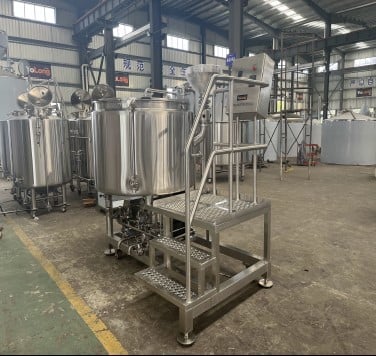
FAQs
| Question | Answer |
|---|---|
| What is the minimum equipment needed to start a brewery? | At the bare minimum, you’ll need a mash tun, lauter tun, brew kettle, fermenter, and some basic pumps and hoses. |
| How long does craft brewery equipment last? | High-quality stainless steel equipment can last 20-30 years with proper care. Lower-end gear may only last 5-10 years. |
| Is new or used brewery equipment better? | New equipment offers warranties and modern features, but used equipment can save costs if properly inspected. Compare carefully. |
| How much space do I need for a small brewery? | A nano brewery (1-3 BBL) can fit in 500-1,000 square feet, but more space allows for growth and comfortable operation. |
| Can I upgrade my brewery equipment later? | Yes, many systems are modular and can be expanded with additional tanks and automation as your business grows. |

